Isn't it simple?
At Soccer Command we often get asked the question; "What is the difference between a soccer training ball and a match ball?" Simply put; one is used primarily for training, while the other is used primarily for matches. Sound good? I guess we're done here!
Well, not quite... It's a little more complicated than that. Some will tell you the price point is the real difference, or there is an inherent 'quality' difference. The answer may seem simple at first, until you dive into some important features of soccer balls. Let's explore a little deeper to find out what really makes a soccer training ball vs. a soccer match ball.
Soccer Training Balls
First we'll look at the soccer training ball. Usually, training balls are used primarily for individual or team training. It could be backyard juggling, kicking against a wall, playing pickup in the park, or it could be the ball you bring with you to soccer practice each day. Training balls are also a favorite for recreational programs as they don't require the use of match balls in games.
Soccer training balls tend to be medium to high in quality and use long-wear materials in their construction. Meaning, they are built to stand up to heavy use with thousands and millions of touches over months and years. Most training balls on the market are machine stitched, and often times the external PU cover of the ball contains a thinner layer of foam which makes the ball harder to the touch (under 2.0 mm). In addition, the type of bladder used in training balls will give the ball a more stiff feel. Combined together, the PU cover thickness and bladder type will give the ball a different, less perfect feel when controlling and playing it with a pass or shot.
Price points for training balls can vary from around $20-$80.
Soccer Match Balls
Next, we look at the soccer match ball. Generally speaking, match balls are used exclusively for official games. The reason soccer match balls are usually reserved for games only is due to the unique construction and the desire to keep them in good condition for a longer period of time.
Soccer match balls are high in quality and use materials and construction techniques that are geared toward making a soccer ball that is high-performance, not necessarily long lasting. Match balls are usually hand-stitched and use a thicker layer of foam under the PU cover (3.0 mm and up). Combined with a softer bladder type, match balls have an excellent touch when receiving, passing, and shooting. Match balls will also have the best possible flight when struck to bend, dip, or rise through the air.
It is worth noting as well that soccer match balls are not built for the type of high-use that training balls are. They are awesome to train with and you could make the argument that it is better to train with match balls so your training touches are on the same ball you use in games. Although you may want to use a match ball for training anyway, don't expect the match ball to last quite as long as a training ball would under the same sort of heavy use.
It is always good, and is often times required, to have a soccer match ball for game play. For example; the NCAA and NFHS both require school teams to use 'approved' match balls in all games to ensure no advantage is given to either side through use of an odd ball type.
Price points for match balls can vary from around $60-$120.
Conclusion
If what you need is a soccer ball to practice in your backyard, or to take to team practices, go with a training ball. On the other hand, if you need a high-performance ball that will give you optimal touch and flight during games (or practice), go with a match ball.
At Soccer Command we carry a wide variety of both training balls and match balls with different designs at various price points. Check them out now!
We also cater to schools and clubs with special pricing. If that is you we would love to help you out! For more information please contact us at 612-405-4292, info@soccercommand.com, or via live chat (lower left corner of window).
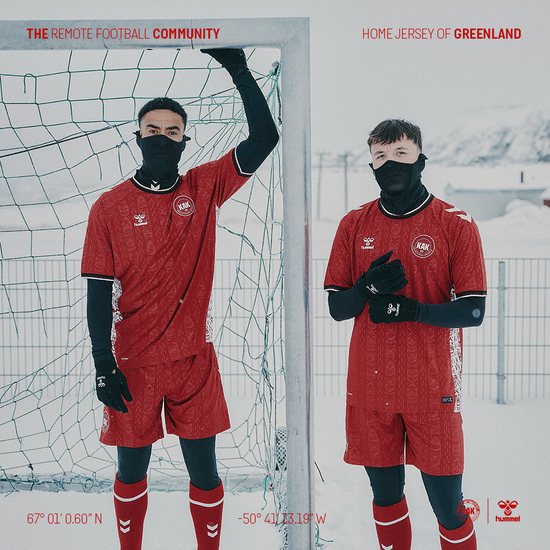
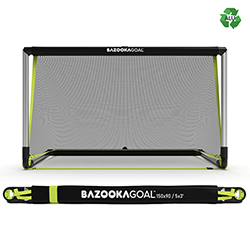
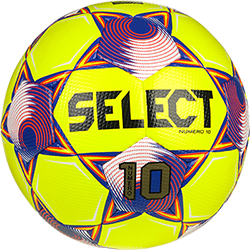
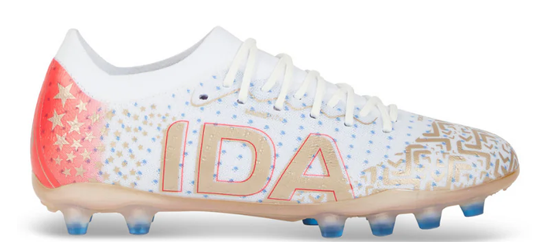
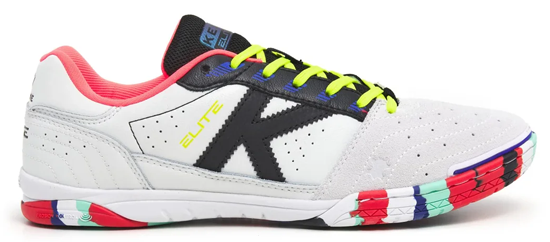






5 comments
Sinasi Rey
Amazing content. Thanks a lot. I will buy a training ball.
Soccer Source
@Yuda – Training balls can be any size at all. The size just depends on the age of the player and what ball is being used for their age. The same applies to match balls where, depending on their age, there will be a certain size ball for competition. For example; if you are a U10 player you will most likely be training and playing matches with a size 4 ball whereas if you are U15 you will be training and playing matches with a size 5 ball. Hope that helps!
Tim Hayek
U 15 Voach looking for 12 training and 3 match balls. Prefer Adidas balls but can be swayed with some knowledge.
Gayathri B. Seetharam
Dear soccersource.com, out of mere curiousity, I tried to match the surface area of a sphere, a soccer ball with the area of the hexagons and pentagons added up. I got the surface area of a Rogers soccer ball as 963.8 cm square (circumference, 55 cm). There were 20 hexagons and 11 pentagons and this added up to 1310.71 cm square. Length of each side =4. 3 cm. Please clarify if I have gone wrong with counting the no: of hexagons and pentagons. OR is there a problem with the manufactured ball. Obviously, this is a training ball. Go World Cup Soccer. I jokingly said that soccer was a Socratic racer and here it is thus. Thank you, Gayathri B. Seetharam. P.S. My husband said that this is the soccer ball problem and it has been done many, many, many times but I had to find out.
Yuda
Is the size different too?